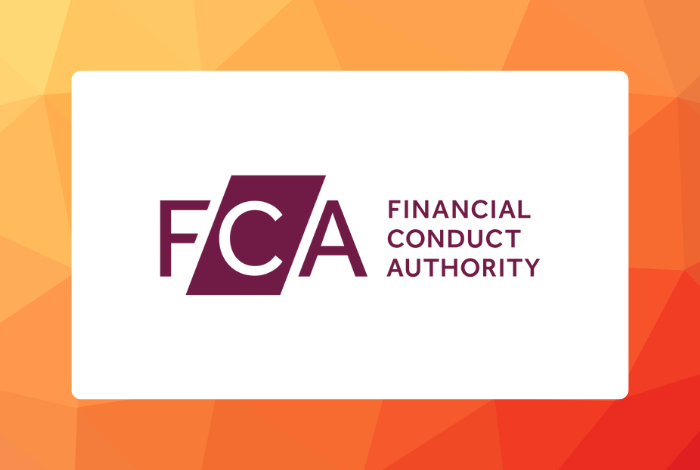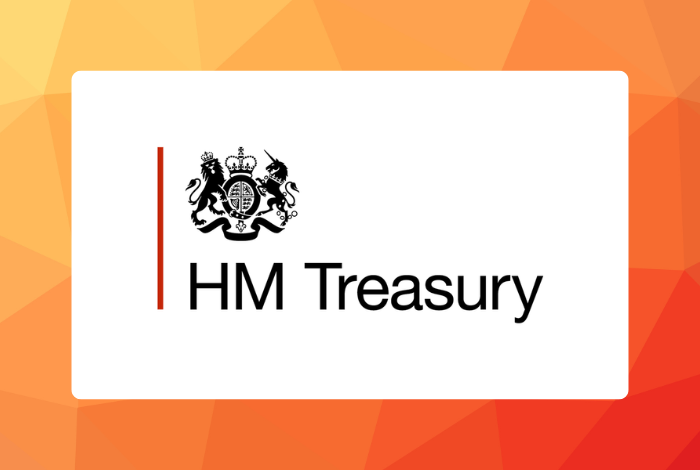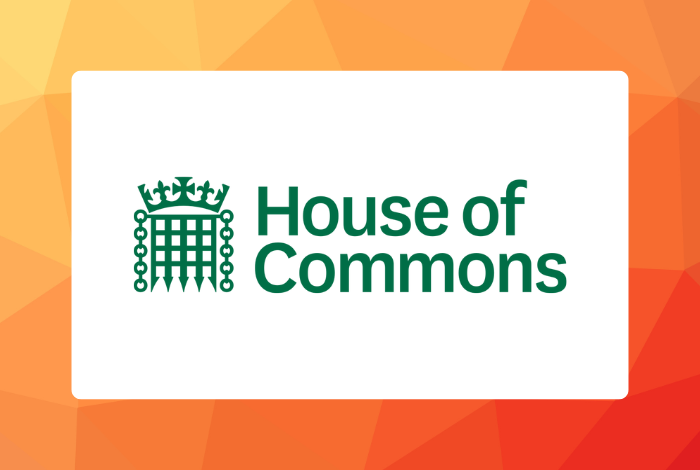
CryptoUK (CUK) welcomes the opportunity to comment on the FCA’s discussion paper regarding strengthening financial promotion rules for high-risk investments and firms approving financial promotions. Our response to this consultation is primarily focussed on the potential to include cryptoassets within the definition of “high-risk investments”. Our full response can be found below, or downloaded in PDF format here.
In 2019 the FCA issued guidance categorising cryptoassets into 3 distinct categories: Payment or Exchange, Utility and Security tokens. It was stated within this guidance that Payment and Utility tokens were not securities and therefore were outside of the scope of any FSMA or MiFID regulation.
However, in reviewing the DP 21/1, it would appear that cryptoassets classified as Payment and Utility tokens would be reclassified in relation to promotions and high risk investments, which today is related to securities.
We at CryptoUK agree that certain products and activities within the cryptoasset industry may pose “high risk” to the consumer and should be subject to specific rules and requirements around risk warnings and disclaimers, and marketing and promotion of these specific cryptoasset activities to protect and inform against potential consumer harms.
In responding to this Discussion Paper, we set out the views of our members and others in the community to offer pragmatic relevant suggestions as to how we believe the regulator should approach the promotion rules for high risk investments, specifically in regard to cryptoassets.
SECTION 3 – Changes to current classifications
1) Categorisation
We agree with the existing COBS 4 categorisation setting out the 3 main classifications. Readily realisable securities (RRS) that are available on regulated exchanges with price discovery and sufficient liquidity is the appropriate category to receive mass marketing.
Cryptoassets for the most part were not designed, developed and issued with the objective to be a “speculative investment” . Native digital tokens issued by a blockchain protocol are primarily designed to serve a functional purpose that provides a value or service to the holder. New technologies often go through a speculative phrase at the beginning of the “adoption curve” . However, we must be careful not to only see cryptoassets, Bitcoin for example, as a speculative illiquid asset only.
Also, as mentioned in our introduction, many Exchange and Payment tokens are not classed as securities by the FCA, and therefore, should not be considered as “speculative illiquid securities (SIS)” . Currently, they are considered property for taxation purposes and intangible assets for accounting purposes.
As these cross-regulatory definitions could cause frictions, we would advocate as we have previously, that instead of looking at an asset itself in isolation, (for example Bitcoin), we recommend the FCA looks at the product or market activity being offered to investors.when seeking to update regulated classifications. As there are thousands of different cryptoassets and digital tokens in circulation, a phased approach to classifying which types of tokens should fall into scope could be considered. For example, a measure of the market capitalisation of each token could be used to determine which category the token fits into instead of a blanket policy which puts all Payment and Utility tokens in scope.
2) Market Activities
Some cryptoasset companies claim that trading is ‘free’ ‘at true cost’ or ‘no fee’ , . However, fees may be added as mark up margin within the trade itself, which is not evident or explained to the customer.
We believe greater transparency is required from cryptoasset companies to accurately and adequately describe the financial and technical mechanics of all of the products they offer, with clear and transparent pricing provided to the consumer for every service or product.
We recommend that all cryptoasset services should be required to include accurate descriptions of trading and service fees, mark ups and penalties should be listed transparently within every offer and featured within all promotional materials to ensure the customer adequately understands the potential costs as well as the benefits.
Cryptoasset firms are increasingly offering investment products in addition to standard “spot trading” . For example, some of these products offer a reward of yield for ‘staking’ (holding assets within the company’s platform for a period of time).
While most companies promote the expected ‘APY’ the customer should expect in return, they often do not state specifically:
- where the customers assets are being held, i.e in hot or cold storage,
- held by whom – the company themselves or a third party,
- if a third party is involved in storage and/or security, who is that third party, with links provided to the outsourced suppliers’ terms and conditions,
- specially what the platform intends to use the customers’ assets for during the time it is held by the company,
- if the assets are being lent or hypothecated by the company, specific details on their regulated license to do so,
- in cases where the assets are ‘locked’ in a contractual term, the rights of the investor to recourse, if any, in the case of a loss caused by a technology breach or hack – and specific disclaimers if there is no right to recourse.
We recommend that all cryptoasset service providers should be required to disclose clear and accurate terms and conditions related to service fees, mark ups and penalties, as well as contractual limitations and right to recourse for each product and service offered. Links to these terms and conditions should be displayed within all promotional materials to ensure the customer has access to accurate information prior to undertaking a service or product.
3. Other High Risk Investments
Within our response to the FCA’s consultation CP10/22: “Restricting the sale to retail clients of investment products that reference cryptoassets” , we noted that Contracts for Difference (CFDs) are a high risk investments and therefore, a sophisticated product which poses risk to inexperienced consumers. However, CFD’s have not received the same regulatory scrutiny around promotional marketing.
We would suggest that the same marketing considerations proposed for cryptoassets also be applied to CFD’s.
We refer the reader to early 2016 when the Swiss National Bank removed its 3-year currency (EUR to CHF) peg. This created huge price volatility and reduced liquidity that resulted in a number of market events such as Retail FX Brokers in the UK becoming insolvent and clients on retail platforms not able to trade out of their positions or were auto liquidated.
Furthermore, we note that the “Readily Reliable Securities” (RRS) definition focuses on liquidity and is reference to investment exchanges, including a broad range of differing exchange licences.
Today, the majority of crypto trading venues and exchanges do not require or possess a multilateral trading facility (MTF) licence, however, we are aware that a number of crypto platforms are in the process of applying or may apply in the future. There may come a time when there is regulatory policy asymmetry based on where Bitcoin is offered for sale – whereby Bitcoin on an MTF exchange could be mass marketed, but not on a non-MTF exchange, which would be inconsistent and confusing to the customer.
SECTION 4 – Further segmenting the high-risk investments market
Self Categorisation
We believe the current system of self categorisation goes some way to protect both the investor and the company. However, we appreciate that a so-called non-sophisticated investor could easily self certify that they are in fact sophisticated.
With regard to the current tests of income and wealth, we believe that they are not suitable or relevant to determine the consumers’ ability to understand the inherent risks in investing in cryptoassets.
There are many technologically savvy cryptoasset participants who would rate lower on an income and wealth test than the current Sophisticated Investor tests mandate. However, they may have a computer science background or a depth of knowledge of decentralised networks and IT systems. A 25-year old technically literate investor may understand much more relevant information and have knowledge around the value of a utility token issued by a protocol for the holder to participate in the governance of the decentralised autonomous organisation (DAO), versus a 50 years old banker with little technical knowledge. However, today the banker would likely easily pass the wealth test and the technologically experienced investor may not.
In contrast, people of wealth with traditional finance literacy, but who lack the technical knowledge of how blockchain technology functions, are sometimes targeted by fraudsters using social engineering or phishing techniques with investment schemes to purchase cryptoassets or requests that they send their cryptoassets to them in exchange for greater profits. This simple scam has been seen many times across all asset classes. These investors likely qualify as “Sophisticated” , but (1) lack the fundamental understanding of how cryptoassets work, (2) believe incorrectly that an exchange or wallet provider can recall the transaction when fraud is discovered, much like a credit card company has a chargeback capability. The current suitability assessments for Sophisticated Investors demonstrates that while the victim could afford the loss, they were not knowledgeable enough about the asset class.
We agree that there should be methodology and opportunity for an investor to be categorised. However, we advocate that the current methodology is not fit for purpose for the majority of cryptoassets. In addition to some of the positive frictions discussed later we suggest specific additional questions for crypto to seek experience and understanding such as do you already hold cryptoassets and when did you first acquire the token.
Positive Frictions
In regard to additional ‘positive frictions’ being introduced to the consumer journey for high-risk investments, our members felt that in general, when offering higher risk products, cryptoasset service providers should be required to undertake client suitability assessments at onboarding, and throughout regular intervals within the lifecycle of the client relationship. This information should be used to “risk assess” the customers risk profile and appetite, and should be used dynamically to assess if customers’ investment patterns deviate from their stated intentions.
We discussed each of the customer onboarding proposals mentioned in the Discussion Paper. Naturally these all come with pros and cons.
- On-boarding Cooling off period – Although it is a possible solution, and one of the more practical, we struggled to understand how this would be implemented and how to ensure an industry wide consistent approach was adopted to eliminate any unfair competition across cryptoasset service providers.
- Online test – This test could be easily hurdled by conducting online research for the required responses, and will not necessarily promote understanding.
- Optional or mandatory “Just in Time” videos – This would perhaps be the easiest to deliver for cryptoasset providers. However, consistency across content delivery, accuracy and clear messaging would need be to be standardised to have the desired effect.
Of the above 3 suggested approaches, our membership suggested that Just in Time videos would most likely have the greatest impact and effectiveness. To that end, we at CryptoUK are working with two well known professional compliance training providers to develop educational tools such as online training modules with attestation requirements.
SECTION 5 – The role of a section 21 approver
We refer the FCA to our October 2020 response to HM Treasury’s consultation on “Regulatory Framework for Approval of Financial Promotions”.
CryptoUK has members who are authorised under FSMA and can carry out such activities as custody, investment advice and other broker dealer activities. We also have members with regulated persons under the Senior Managers Regime, approved to conduct specific regulated activities such as SMF17 Money Laundering Reporting Officer (MLRO) and SMF3 Executive Director.
Our membership agrees that the proposed “Gateway” model is the more suitable approach to approval of marketing and promotions. However, we note a lack of clarity in regard to the definition of an authorised person, specifically for cryptoasset promotions. We therefore request further clarity in regards to whether these regulated firms or persons qualify as authorised, under the Gateway proposals to approve promotions both for themselves and as an Approved Representative for unapproved persons / firms.
Furthermore, the consultation makes reference on occasion to the correct level or experience and knowledge of authorised firms who approve promotions. We note that London Capital and Finance (LCF) mentioned in the consultation was an authorised firm. We see no information as to whether mini-bonds were mis-sold or that LCF failed in its level of expertise or due-diligence. Unfortunately the investigation’s findings are yet to be made public.
Our members discussed this concept of expertise in the cryptoasset sector. This is a new technology that is highly technical. Therefore, we felt that generally the most appropriate persons to understand specific aspects of a promotion are crypto firms themselves. We also request further clarity on the assessment criteria proposed to determine the level of experience and knowledge required to be suitable to act as an authoriser.
We further discussed the potential for conflict of interest, whereby smaller unauthorised firms may only have the choice to use larger, perhaps competitive firms to authorise their promotions. This would clearly not have the desired outcome, especially if the promotion was timed to the launch of some proprietary product or service that could be of interest to the authorised competitor firm.
We hereby propose an alternative to the authorised firm “Gateway” model. Similar to, but not exactly a self regulatory organisation (SRO), a marketing oversight agency which is qualified to assess cryptoassets and does not have any potential conflicts of interest with industry participants in approving marketing campaigns could be formed. Similar to the Advertising Standards Agency ASA, this organisation would have the powers to review, approve and remove any promotions on the receipt of a complaint and be responsible for reporting non-compliance to the FCA for enforcement. This model would relieve the review and authorisation burden from the FCA, but the regulator would still have oversight of the agency, which would be funded by the cryptoasset service providers on a fee-based model.
CryptoUK would be happy to assist the FCA and HMT in considering potential operating models for this option.
Summary
In conclusion, CryptoUK and its membership agree with the regulator that protecting consumers from harm and fostering innovation and competition in the UK are both critically important. However, we believe that classifying cryptoassets within the FSMA regulatory perimeter for securities as high risk investments may harm the potential for innovation and UK competitiveness within this industry, potentially leading to a missed opportunity to foster balanced and fit-for-purpose regulation in the UK for this nascent industry. We have consulted with experienced investment advisors, who felt from their experience that a similar percentage of traditional investors, if not higher, doesn’t understand the traditional market. The requirement of a prospectus does not guarantee understanding by the investor and in many cases investors never read and fully understand a securities prospectus. We urge the regulator to take caution to not implement regulation for cryptoassets which exceeds the traditional markets. We thank you for this opportunity to comment on the consultation and hope you find our response helpful. This is a new and technical industry and we stand by ready to answer any further questions, and provide such additional input as you require.
Yours faithfully,
Ian Taylor
Executive Director
CryptoUK






